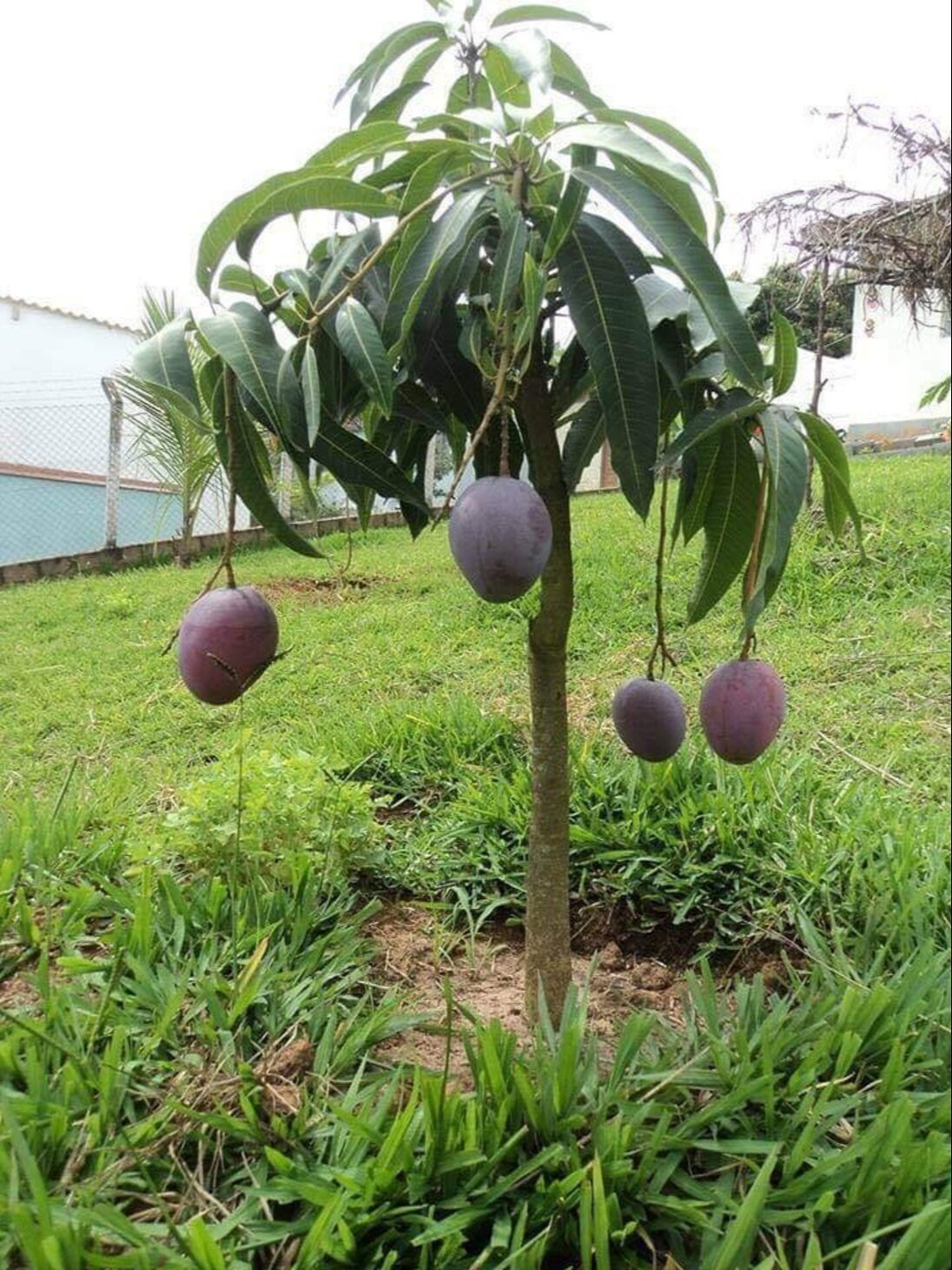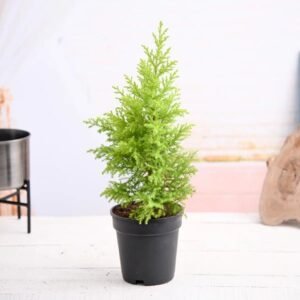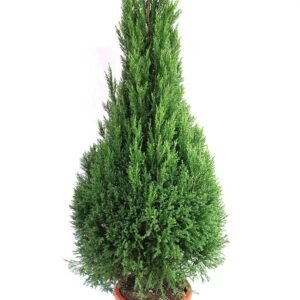Description
The Mongo Plant: Nature’s Resilient Marvel
The Mongo plant, a remarkable and resilient botanical species, has long fascinated botanists, herbalists, and environmental scientists for its unique characteristics, adaptability, and potential benefits to both ecosystems and human health. Often referred to as Mongoa viridis in scientific literature, the plant stands out not only for its distinct appearance but also for its multifaceted utility and symbolic significance in many indigenous cultures.
Botanical Description and Morphology
The Mongo plant is a medium-sized perennial shrub that typically grows between 1.5 to 2 meters in height. It features broad, ovate leaves with serrated edges and a waxy texture that helps retain moisture. The foliage is a vibrant green, occasionally tinged with deep purple hues along the veins, especially during the cooler months. One of the Mongo plant’s most striking features is its flowering pattern. It produces clusters of bioluminescent blossoms that glow faintly at dusk, attracting a variety of nocturnal pollinators such as moths and bats. The flowers, shaped like small trumpets, range in color from soft blue to lavender, giving the plant an ethereal beauty under moonlight.
Its root system is equally impressive—long, fibrous roots that penetrate deep into the soil, enabling it to survive in arid and nutrient-poor environments. This deep rooting system not only provides the plant with stability but also helps in soil aeration and erosion control, making it a valuable species for ecological restoration projects.
Habitat and Distribution
Native to the subtropical highlands of Central Asia, the Mongo plant has adapted to a wide range of climates. It thrives in well-drained soils, from rocky terrains to semi-arid grasslands. Over the past century, it has been naturalized in parts of South America and sub-Saharan Africa, where it continues to spread in ecological corridors and protected reserves.
In its native habitat, the Mongo plant plays a crucial role in maintaining local biodiversity. Its blossoms support a variety of pollinators, while its foliage provides shelter for insects and small animals. As a pioneer species, it is often one of the first plants to colonize disturbed lands, paving the way for other flora to follow.
Cultural and Historical Significance
Throughout history, the Mongo plant has held symbolic and practical value in indigenous communities. Tribes in the Altai Mountains believed the plant to be sacred, associating it with healing, protection, and fertility. Shamans used Mongo leaves in rituals and medicine, often creating poultices and tinctures for wounds, fevers, and inflammation.
In traditional Chinese medicine, the Mongo root is believed to balance the body’s qi, or life energy. It has been used to treat respiratory ailments, digestive issues, and fatigue. Although modern science is still exploring these claims, preliminary studies have found that extracts of the Mongo plant contain a variety of beneficial compounds, including flavonoids, alkaloids, and essential oils.
Medicinal and Industrial Uses
Recent scientific interest in the Mongo plant has been driven largely by its promising medicinal potential. Researchers have discovered that Mongo leaf extract possesses strong anti-inflammatory and antimicrobial properties. These effects are attributed to the presence of compounds such as mongoicin and viridamine, unique to this species.
In laboratory settings, mongoicin has demonstrated potential in combating antibiotic-resistant bacteria—a growing concern in global health. Additionally, the plant’s antioxidant content is being studied for possible applications in skincare and anti-aging products.
Beyond medicinal use, the Mongo plant shows promise in sustainable industries. Its fibrous stems are being explored as a renewable source of biodegradable textiles, while its seeds contain a light, non-comedogenic oil that may be suitable for natural cosmetics or biofuel. The plant’s ability to thrive in poor soil conditions also positions it as a candidate for reforestation and land rehabilitation programs.
Cultivation and Agricultural Potential
Mongo plants are relatively low-maintenance, requiring minimal irrigation once established. They are propagated by seed or stem cuttings, with high germination rates under controlled conditions. Farmers in arid regions have begun cultivating the Mongo plant as a rotational crop, appreciating its soil-enriching qualities and resistance to pests.
However, large-scale cultivation presents certain challenges. The plant grows slowly in its early stages and can be susceptible to root rot if overwatered. To address these issues, agricultural researchers are working on breeding more resilient strains and developing sustainable farming guidelines tailored to different climates.
Ecological Impact and Conservation
The ecological impact of the Mongo plant is largely positive. As a drought-tolerant species, it helps conserve water and stabilize soil. It also supports native wildlife and contributes to the regeneration of degraded ecosystems. In areas where the plant has been introduced, care has been taken to monitor its growth to prevent potential invasiveness. So far, it has shown little tendency to outcompete local species, making it a relatively safe introduction in controlled environments.
That said, in its native regions, the Mongo plant faces threats from habitat loss, climate change, and overharvesting. Some wild populations have declined due to increased demand for its medicinal properties. In response, conservation efforts are underway, including seed banks, protected reserves, and community-led initiatives to cultivate the plant sustainably.
Future Prospects and Research
The Mongo plant stands at the intersection of traditional knowledge and modern science. As interest in plant-based solutions grows in areas like medicine, agriculture, and environmental management, the Mongo plant is emerging as a botanical subject of significant promise.
Universities and biotech firms are conducting ongoing research into the full chemical profile of the plant, with hopes of isolating compounds for pharmaceutical development. At the same time, NGOs and local governments are working to educate farmers and communities on the benefits of cultivating Mongo responsibly.
The plant’s potential applications are as varied as its characteristics—from phytoremediation and climate resilience to organic farming and green chemistry. If developed thoughtfully, the Mongo plant could serve as a model for how native species can contribute to sustainable innovation.
Conclusion
In an age where biodiversity and sustainability are more crucial than ever, the Mongo plant exemplifies the untapped potential that lies within nature’s resilient flora. With its adaptability, medicinal value, and ecological benefits, the Mongo plant is not just a botanical curiosity—it is a symbol of balance between traditional wisdom and scientific progress. As efforts continue to study and preserve it, the Mongo plant may well play an important role in the green future of our planet.







Reviews
There are no reviews yet.